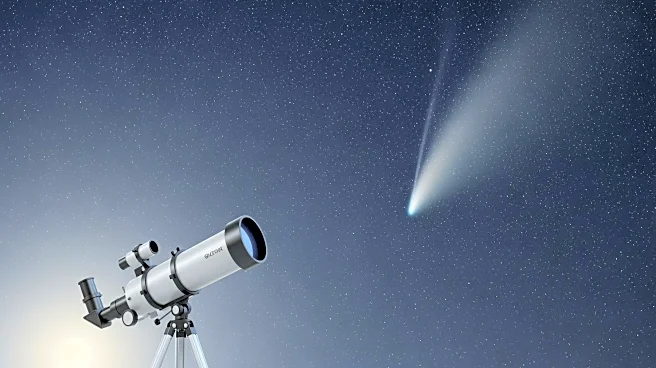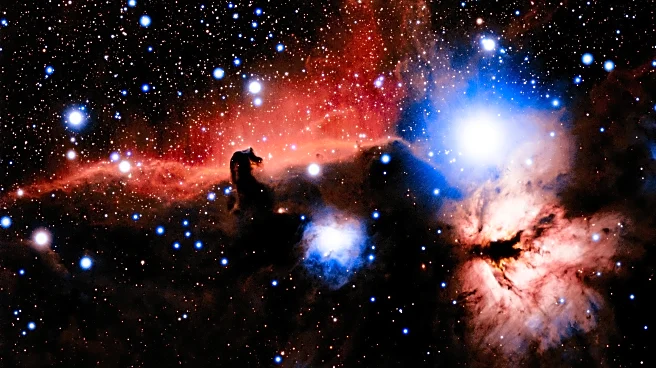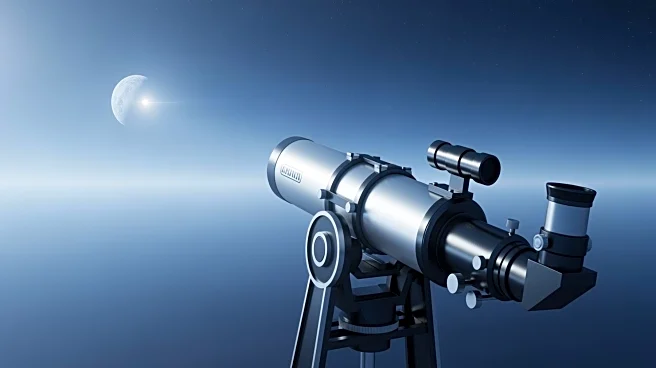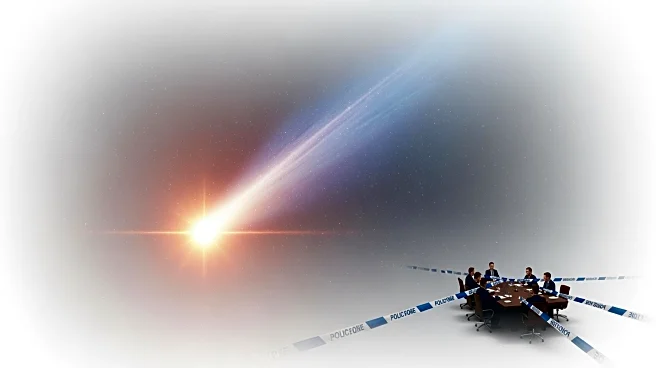What's Happening?
Comet 3I/ATLAS, an interstellar anomaly, is now visible from Earth using small telescopes. Astronomer Yicheng Zhang captured an image of the comet using a 152-mm Ritchey–Chrétien reflector, noting its
increased visibility due to its position in the morning twilight. The comet appears as a slightly fuzzy dot against a static sky background. Previously obscured by solar glare, ATLAS is now observable as it rises early enough in the morning. Michigan State University astronomy professor Darryl Seligman predicts that ATLAS will be most visible in December during its closest approach to Earth.
Why It's Important?
The visibility of Comet 3I/ATLAS provides a unique opportunity for amateur astronomers and the general public to engage with space observation. This event highlights the accessibility of astronomical phenomena, encouraging interest in comet science and the use of telescopes for celestial observation. The comet's visibility also contributes to ongoing research and understanding of interstellar objects, potentially offering insights into their composition and behavior.
What's Next?
Observers are advised to track the comet's trajectory using resources like NASA's JPL Horizons Small Body Database. As ATLAS approaches its closest point to Earth in December, viewing conditions are expected to improve, allowing for more detailed observations. Enthusiasts are encouraged to find locations with minimal light pollution to maximize visibility.
Beyond the Headlines
The observation of Comet 3I/ATLAS raises questions about the nature of interstellar objects and their potential origins. The comet's behavior, including non-gravitational acceleration, has sparked discussions about its characteristics, with some speculating about its possible technological origins.













